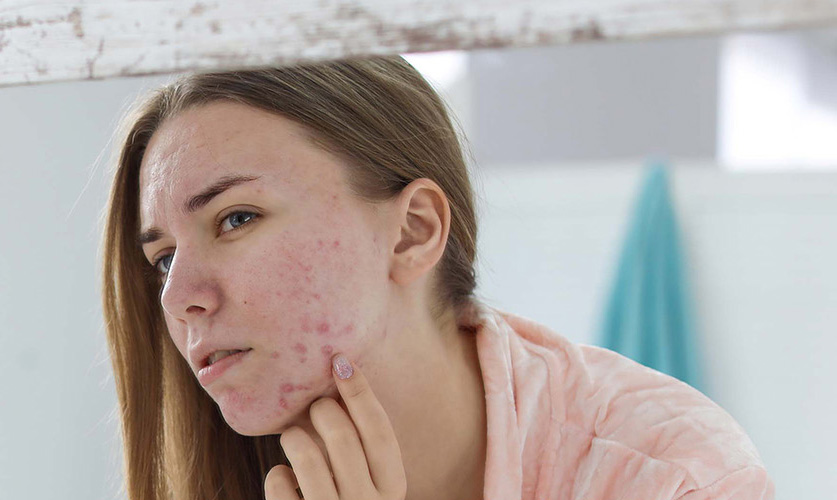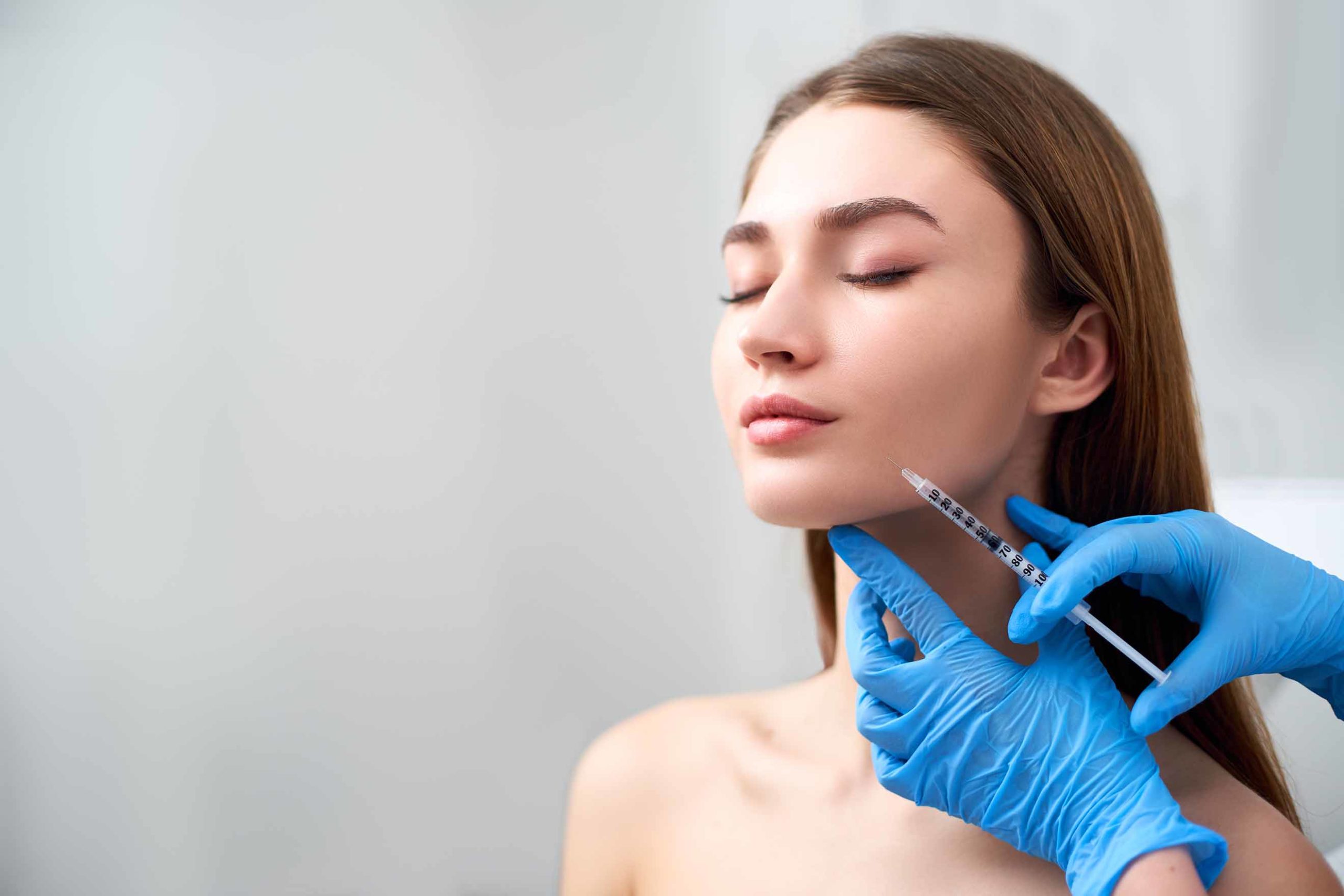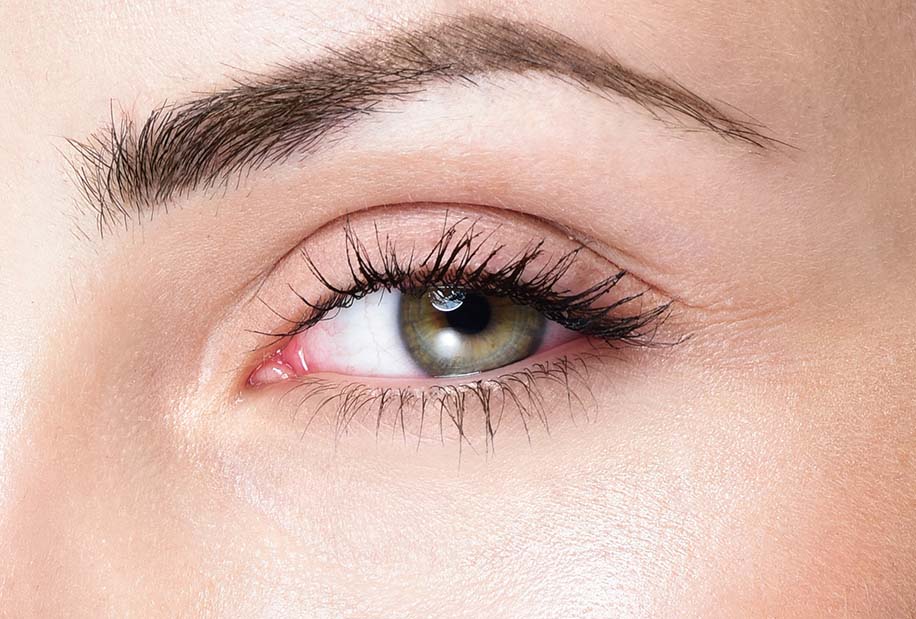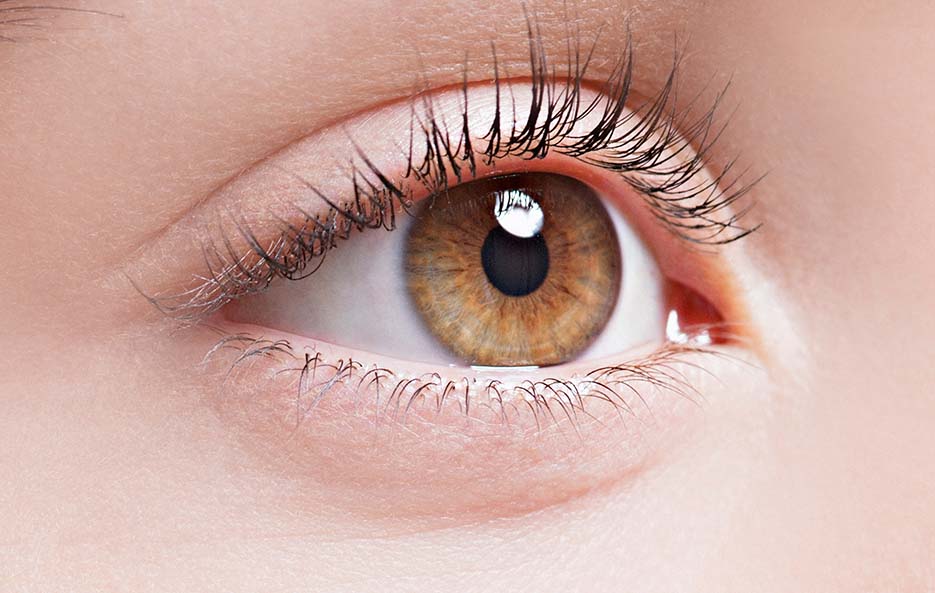
Laser Treatment for Acne Scars – Q&A with Dr. Biesman
Posted January 13, 2022Many of us remember what it was like to battle acne in our teen years or early adulthood. Adding insult to injury, many people who experience acne are left with visible scarring. Dr. Biesman has been treating acne scarring for more than 25 years, often using advanced laser therapies. We asked Dr. Biesman to share […]

Do Facial Fillers Make You Look Older?
Posted January 13, 2022Facial fillers are often used to restore a natural, youthful appearance to areas that appear older due to wrinkles, fine lines, or loss of volume. Dr. Biesman has decades of experience providing patients with minimally-invasive treatments, including facial fillers, to achieve their desired results. For this article, we asked Dr. Biesman to share some of […]

Overview Of Surgical Brow Lift Vs. Botox Eyebrow Lift
Posted January 13, 2022Sagging eyebrows may contribute to the appearance of heavy eyelids, something that many patients do not realize until they examine old photographs of themselves. For those who wish to lift their brows, there are many surgical and non-surgical options available. Dr. Biesman is an expert in providing these brow treatments. We asked him about some […]

What To Expect During Blepharoplasty Surgery
Posted January 13, 2022When the excess tissue of the eyelids makes the eyes appear aged and tired, a procedure known as blepharoplasty may be an option to make the eyelids appear more youthful and awake. Dr. Biesman is an experienced Oculofacial Plastic Surgeon who has provided countless patients with outstanding blepharoplasty surgery results. We asked him a few […]